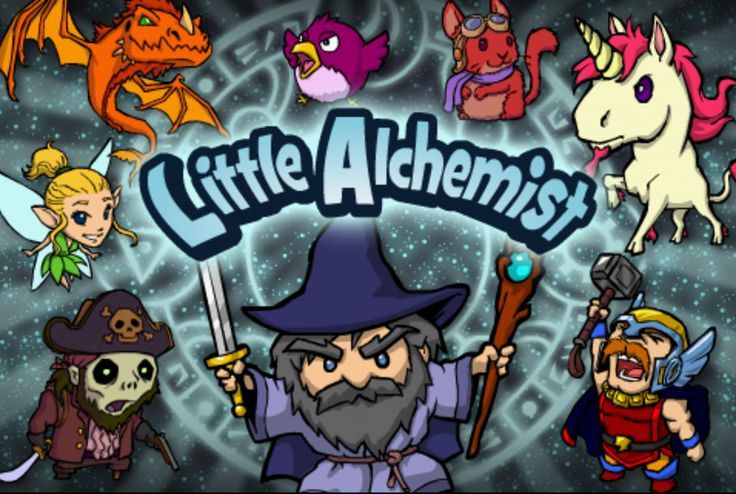GameStop has been an interesting company to follow over the past few years. As the foremost retailer for console games, the company has been dealing with the difficult situation of seeing the revenues for the entire physical retail games business decline since the high point of 2008. Many observers could see that digital distribution would become increasingly important, leaving many to wonder if GameStop would become the next Blockbuster, a retail chain that focused on selling videos in boxes until the pressure of digitally delivered video caused it to go bankrupt.
Yet GameStop has continued to confound the critics with a number of moves designed to rescue it from Blockbuster’s fate. While industry retail revenues declined, GameStop continued to pick up market share, alleviating some of the downward pressure. While mobile games, social games and free-to-play games boomed and caused more worries about the future of the video game business, GameStop worked harder on its relationships with publishers. The company also invested in a number of new businesses, including digital distribution, streaming games, buying and selling smartphones and tablets, and new specialized retail chains, as well as worldwide expansion and boosting its PowerUp Rewards memberships. Not all of these efforts have been successful, but GameStop is gaining an ever-increasing share of its revenue from these new business areas, enough that key analysts rate the shares a Buy.
One of the best-performing ventures for GameStop has been its acquisition of Kongregate in 2010. Kongregate began as a web site hosting Flash games, created by siblings Emily and Jim Greer in 2006. Kongregate began publishing mobile games last year, along with announcing a $10 million fund devoted to mobile gaming. The company, now headed by Emily Greer as CEO, has been experiencing strong growth, and the [a]listdaily sat down with CEO Emily Greer recently to discuss what Kongregate has been doing.
Kongregate been doing well over the last year. . .
123 percent year-over-year growth!
OK, I think we can call that pretty good! Tell us about Kongregate’s move into mobile publishing.
It’s been really exciting getting into publishing, it’s something that we identified that we felt there was a need for in the market. There were a lot of developers out there who were hitting a wall in the mobile arena because of all the advantages incumbents have. It’s gone a lot better than we expected, we’ve really been able to make a big difference in the business of a bunch of companies, including games that had already been released.
Little Alchemist is a great example. They released last August, I think, and it was a really good game with good metrics, but they couldn’t scale it. We took it over in January in about six months the daily revenue increased 10x. That was a combination of advice on game design and really being able to put the marketing behind it, as well as getting it some additional Apple features. It’s really fun to take a two-person team that had a good game that they weren’t able to really get in front of people, and turn that around. They’re rapidly increasing their company, it’s now five people. I love reporting that to GameStop, but I also really, really love writing big checks to people who are living hand to mouth.

The rest of our business is still growing too. Everybody’s saying web is fine but mobile is everything, but you see in the reports of PC sales starting to uptick and PC games and eSports like League of Legends, that was really premature. We see that in our business. Even with all the growth on mobile, we’ve grown our web platform both in traffic and in revenue in the last year, and we’ve seen an upswing in advertising revenue as well with the new console cycle. It’s a fun time when all three parts of your business are growing. With cross-platform publishing I feel we’ve hit a vein of something that is really needed in the industry. With changes of distribution into extremely crowded marketplaces like Android and iPhone, even Steam opening up, there’s just more and more need for developers to get professional support on everything from free-to-play monetization and analytics to marketing and game features. It’s great when you find something where you really feel like you’re making a difference and making the industry more functional.
You’re growing the web business and the mobile business. Are you seeing more titles that are cross-platform, not just between Android and iOS but between mobile and the web?

We are, but that’s partly because that’s our focus. What we are seeing is that Unity is winning in terms of development; most of the games coming to us are in Unity. Partly because as Android has grown in importance it’s one of the best options for cross-platform, and as soon as you’re using Unity the web version is relatively trivial. We lead with web for many reasons. We’ve got this great platform to put a lot of users into the game. We’ve got our Kong Plus beta program that lets games expand slowly and test with a lot of our best users. There’s a lot of advantages to testing and optimizing on web. The biggest is one is that we’re controlling the traffic into the games. It’s a consistent source of traffic and we have hundreds of benchmarks as to how games perform on Kongregate. Other people are using Australian and Canadian test markets and buying traffic, and you’re at the mercy of what you’re getting from the network that week and who you’re bidding against. There’s a lot of variables.
What we’re seeing for our games that are successful is that it’s a very clear three-legged stool of iOS, Android, and Web. Depending on the game, one or the other is stronger, but they’re all good legs of the stool.
Now the issues of going cross-platform are business ones rather than technical, right?
One big difference is that, for people other than on Kongregate, when you’re taking a game cross-platform there’s less of an advantage because you need to buy traffic. When you put it on Facebook it’s essentially no different a situation than on iOS or Android, where you’re paying for ads to bring users in, and the platform is taking thirty percent. Whereas with us on Kongregate you’re not paying for the traffic, so that makes a huge difference in advertising. You get that organically.
What we find is that the stats are really, really comparable between web and mobile. The lifetime values (LTVs) of players are very similar between web and mobile. Some of the retention metrics are a little bit different; the first day retention is a little bit lower on web, but the long-term retention is a little bit higher.
Clearly Kongregate has a large audience where you can find players for new games, but how do you reach new players?
We’re doing very heavy amounts of marketing. Not every game is going to have the LTVs to support significant amounts of paid marketing, but for those games that do we are investing heavily in marketing. This is one of the big things we are able to do for developers. I mentioned Little Alchemist, and that’s a game where we’ve been able to spend heavily on paid marketing. That, of course, helps drive organic traffic. As well, we’ve been able to secure Apple and Google features. I think fifteen out of sixteen games on those platforms. That’s not something that we promise developers, but both Google and Apple appreciate the fact that we’re coming in with a portfolio of games that are high quality.
How many mobile games are you publishing, and what types are you looking for?
We are literally looking at hundreds and hundreds of titles per month. We’re publishing at a regular cadence — at least one game is going out per month. We’re trying to reach out across a broad set of genres and types of games. We’ve got several cards, RPG type games, we also have match 3 games, endless runners, rogue like games, and more experimental types like Endless Boss Fight. The heart of Kongregate web has been this endless diversity of games. Anything you see on our home page is going to be of good quality, that’s what we’re trying to represent and effectively representing for games in the mobile marketplace as well.



